In an increasingly interconnected world, where information is transmitted at lightning speed and the demand for high-speed internet continues to grow, optical fiber cables have become the backbone of our digital infrastructure. These thin strands of glass or plastic have revolutionized the way we communicate, enabling faster and more reliable data transmission over long distances. In this article, we will delve into the fascinating world of optical fiber cable technology, exploring its history, structure, and its pivotal role in powering the global digital revolution.
A Brief History of Optical Fiber Cable:
The concept of using light to transmit information dates back to the early 19th century, but it wasn't until the late 20th century that optical fiber cables emerged as a practical solution for long-distance communication. In the 1960s, researchers made significant breakthroughs in developing low-loss glass fibers, and by the 1980s, the first commercial deployment of fiber optic networks began. Since then, optical fiber cable technology has continued to advance, exponentially increasing data transmission capacities while simultaneously reducing costs.

The Anatomy of Optical Fiber Cable:
Optical fiber cables consist of three main components: the core, the cladding, and the protective outer coating. The core is the central part through which light travels, surrounded by the cladding, which has a lower refractive index to ensure the light stays within the core. The outer coating, typically made of durable materials like PVC or polyethylene, provides protection against environmental factors and physical damage.
How Optical Fiber Cable Works:
Optical fiber cables work on the principle of total internal reflection, where light is continuously bounced off the walls of the core, allowing it to travel long distances without significant loss in signal quality. Light signals are transmitted through the core using different methods, such as single-mode and multi-mode fibers. Single-mode fibers are used for long-distance communication, while multi-mode fibers are suitable for shorter distances and high-bandwidth applications.
Advantages of Optical Fiber Cable:
The widespread adoption of optical fiber cables has been driven by their numerous advantages over traditional copper cables. Firstly, optical fibers can transmit data at incredibly high speeds, ranging from gigabits to terabits per second. Additionally, they have a much greater bandwidth capacity, enabling the simultaneous transmission of vast amounts of data. Moreover, optical fibers are immune to electromagnetic interference and can be installed in areas with high levels of electrical noise. Furthermore, these cables are more reliable, lightweight, and offer greater scalability for future technological advancements.
Applications of Optical Fiber Cable:
Optical fiber cables have become indispensable in various sectors and industries. They form the backbone of global telecommunications networks, facilitating the rapid transmission of voice, data, and video signals across continents. Fiber optic technology also plays a vital role in internet connectivity, enabling high-speed broadband services, cloud computing, and streaming media. Additionally, optical fiber cables are extensively used in medical imaging, industrial automation, aerospace, defense, and many other fields where fast, secure, and reliable data transmission is critical.
The Future of Optical Fiber Cable:
As the demand for high-speed data transmission continues to soar, the future of optical fiber cable technology looks promising. Researchers are exploring ways to further increase data transmission capacities by utilizing advanced techniques such as wavelength division multiplexing and fiber amplification. Moreover, efforts are underway to develop more flexible and durable optical fibers that can be seamlessly integrated into a variety of applications, including wearable devices and smart infrastructure.
The advent of optical fiber cable technology has revolutionized the way we communicate, transforming the world into a globally connected network. With its ability to transmit data at incredible speeds over long distances, optical fiber cables have become the backbone of our digital infrastructure. As technology continues to advance, optical fiber cable will play an increasingly pivotal role in driving innovation, enabling us to unlock new possibilities and fuel the global digital revolution.
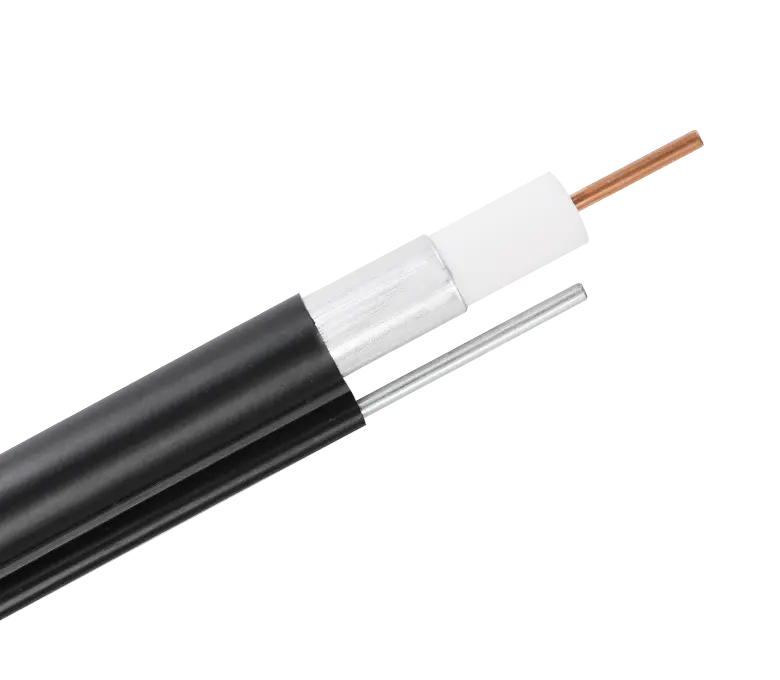
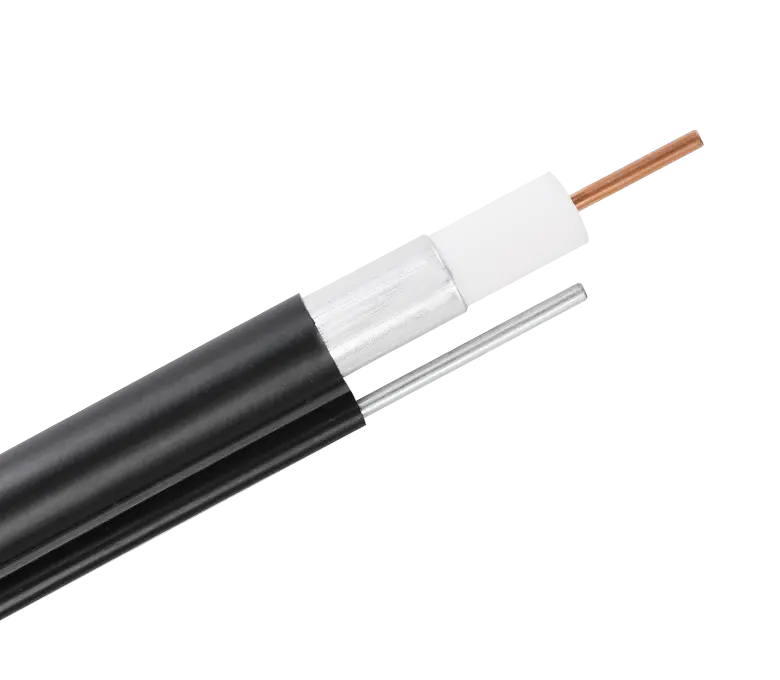
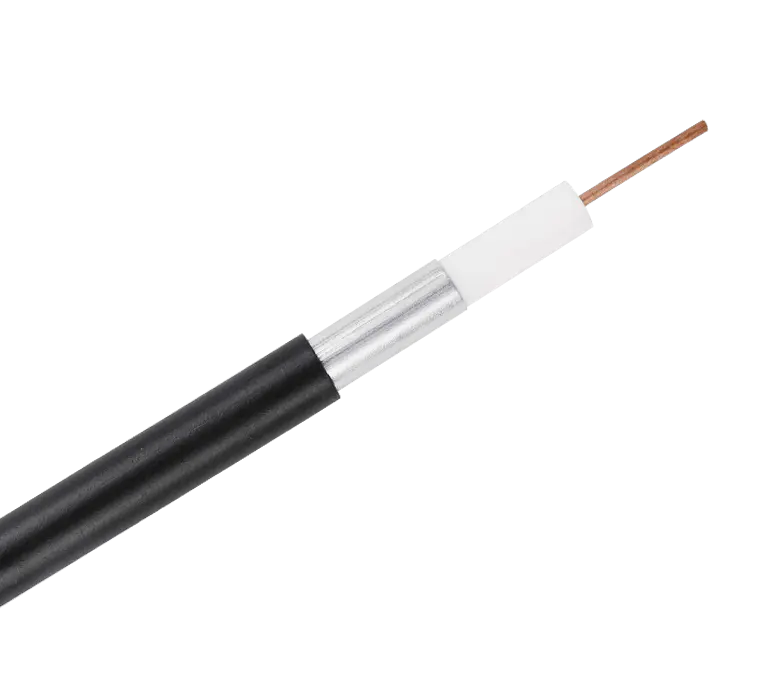
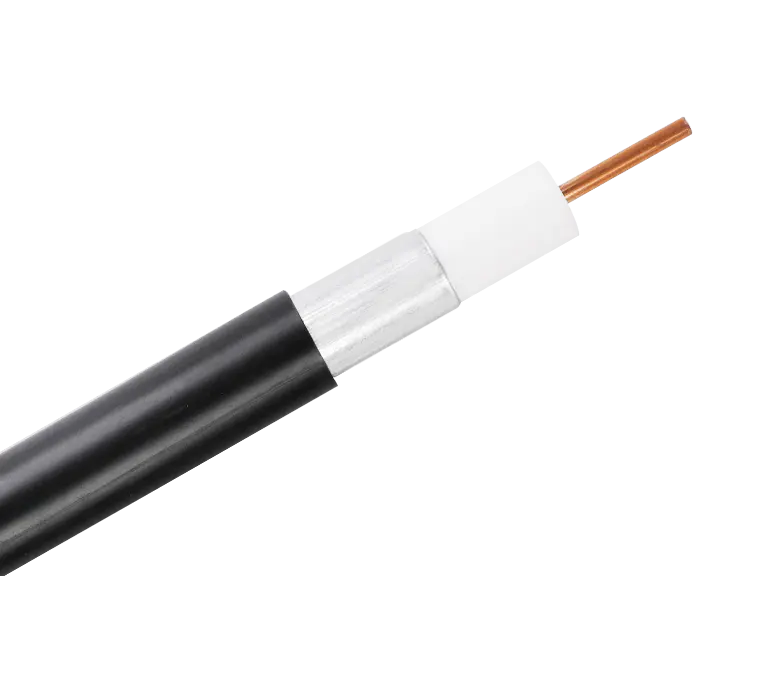
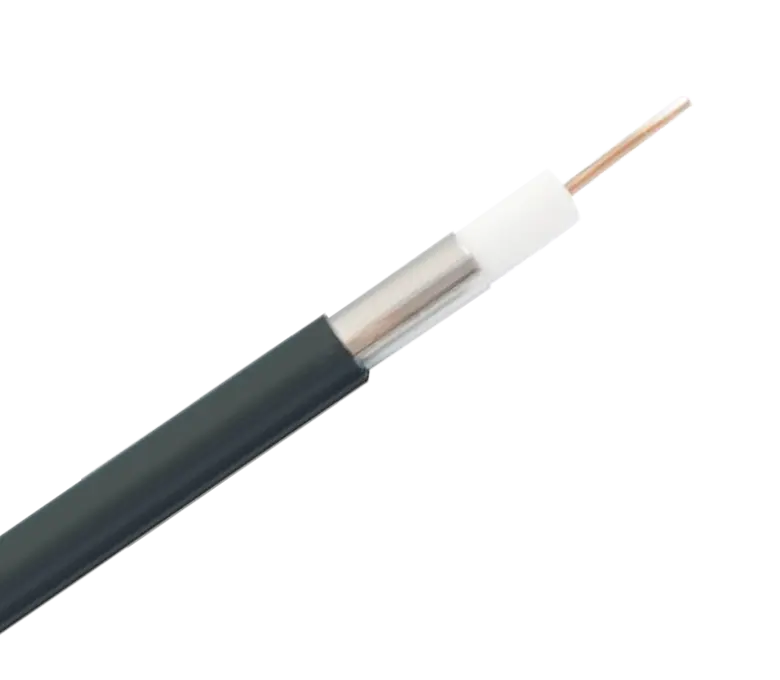
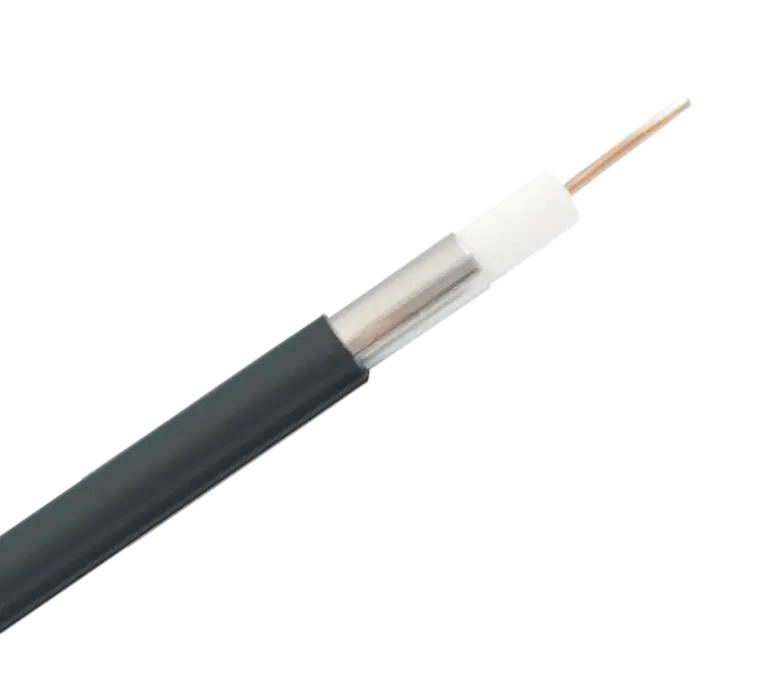
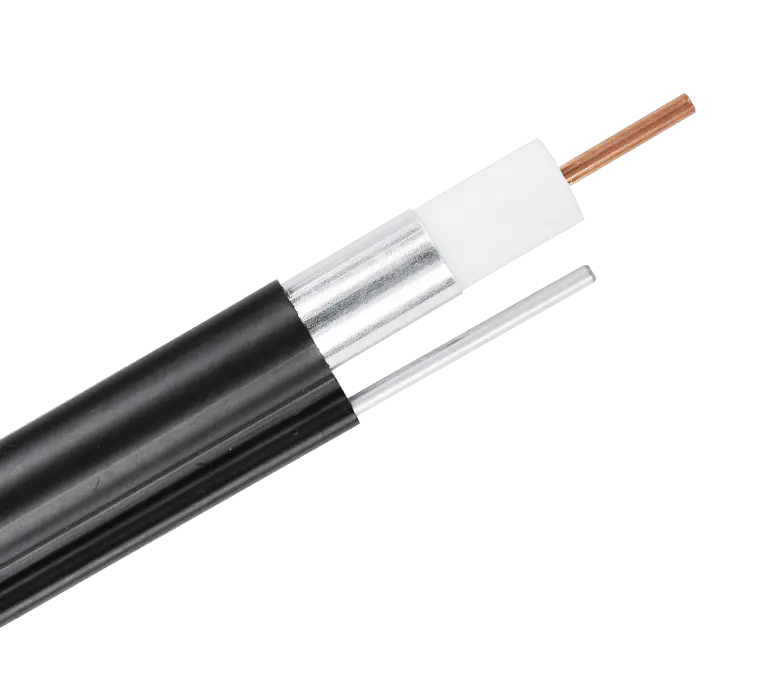
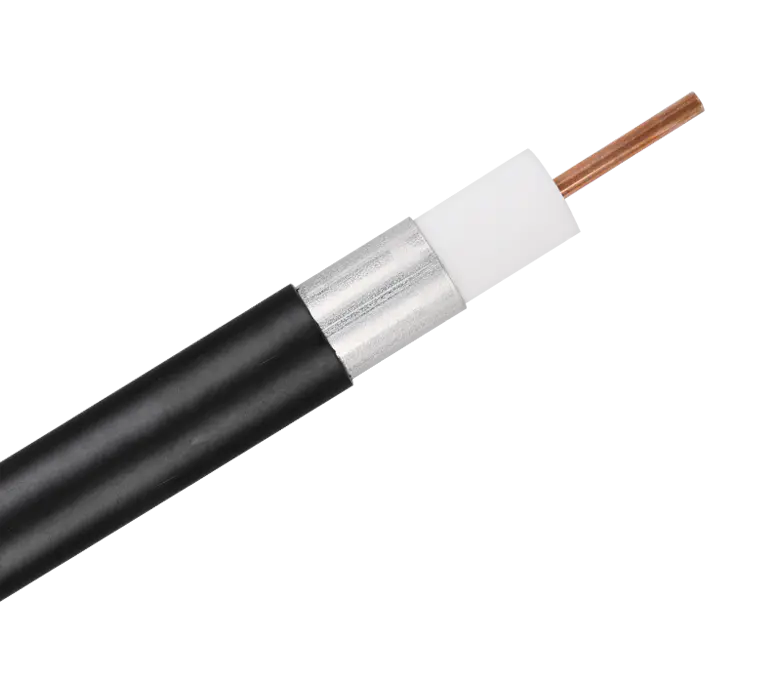
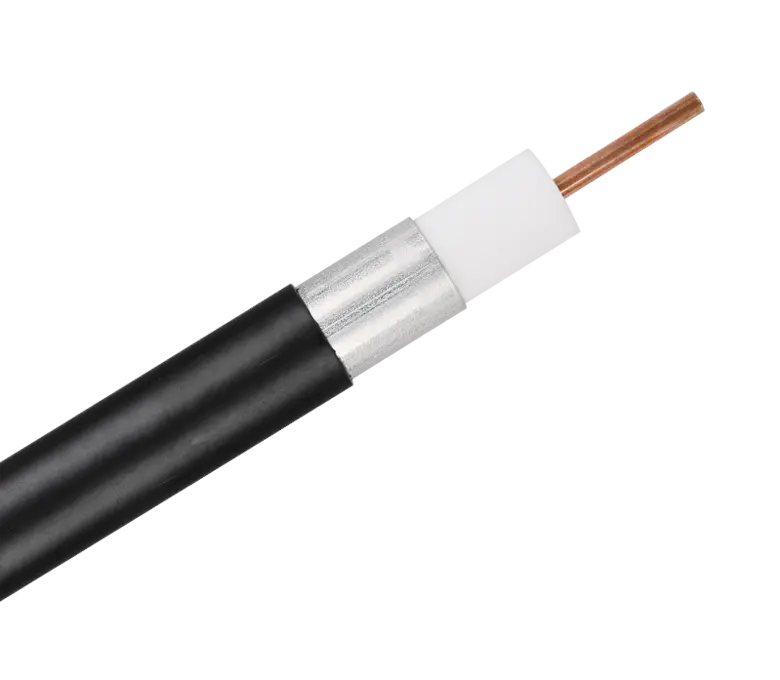
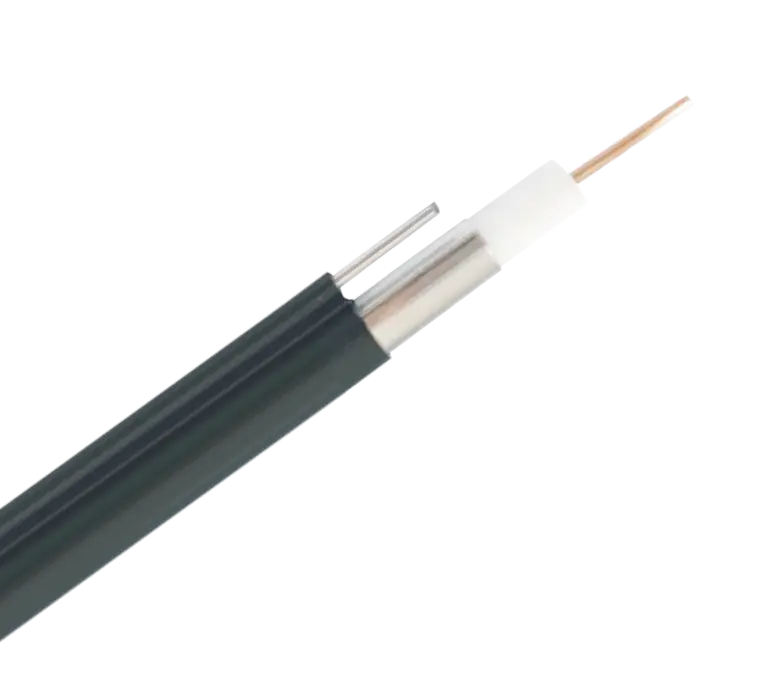
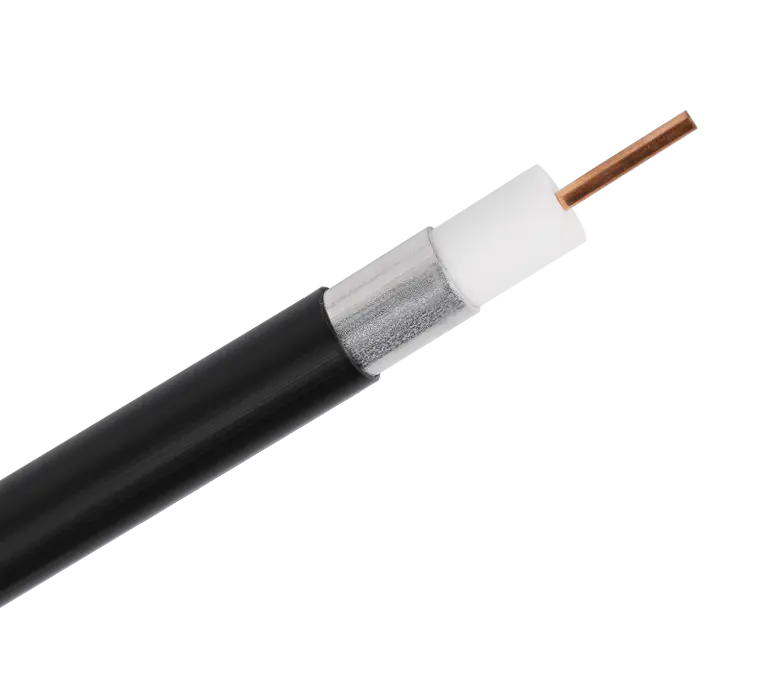
 浙公网安备33018502001191号
浙公网安备33018502001191号